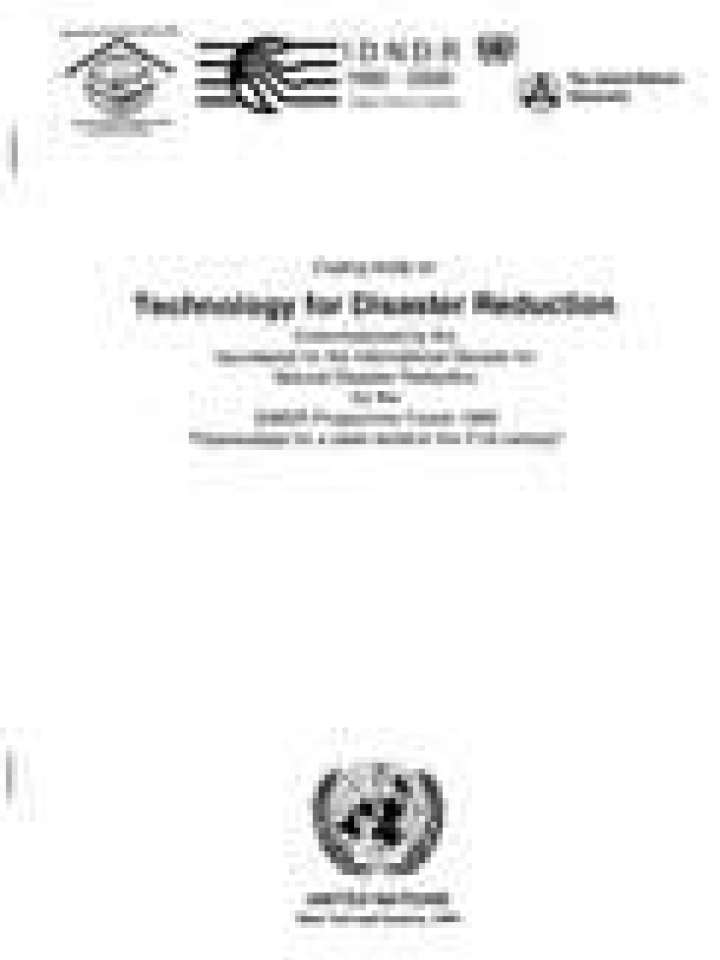Coping study on technology for disaster reduction
This study addresses technology and the key role it plays in the development and placement of disaster resilient infrastructure. It concentrates on the role of technology in the preparedness, response, recovery and reconstruction phases of disaster reduction, as well as technologies for supporting mitigation efforts through planning. Rather than attempting to review the various technologies in natural hazards monitoring and preparedness, as the appropriateness and applicability of these technologies will vary from location to location, the paper focuses on some generic technologies and their applicability in disaster mitigation.
The study specifically considers: (i) remote sensing for disaster reduction, including cyclone detection and warning, weather radar, drought monitoring, earthquake damage mitigation, fire management, flood damage reduction, and an overview of space monitoring in disaster reduction; (ii) geographical information systems in disaster reduction, such as GIS technology in disaster, reduction, hazard mapping, damage assessment, support for simulation and modeling, GIS in planning and an overview of GIS utilization; (iii) global positioning systems in disaster reduction; (iv) mathematical modelling in disaster reduction; (v) communication in disaster reduction, including the media and the role of the internet; (vi) disaster information systems in disaster reduction; (vii) disaster reduction policy for technology, including a Japanese experience; (viii) practical guidelines for technologies; and (ix) research needs for the future.
The study was commissioned by the Secretariat for the International Decade for Natural Disaster Reduction for the IDNDR Programme Forum 1999 "Partnerships for a Safer World in the 21st Century."
